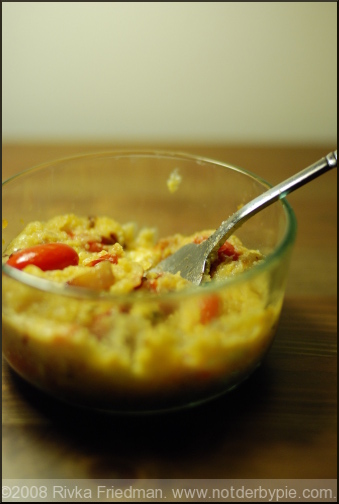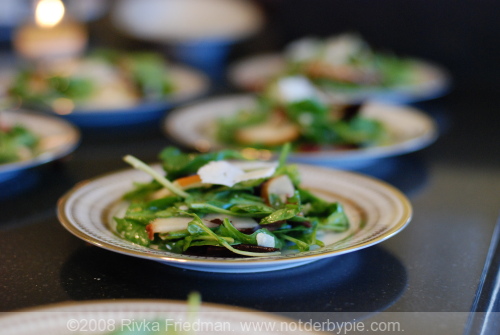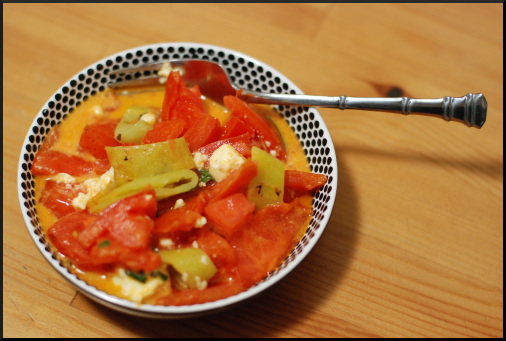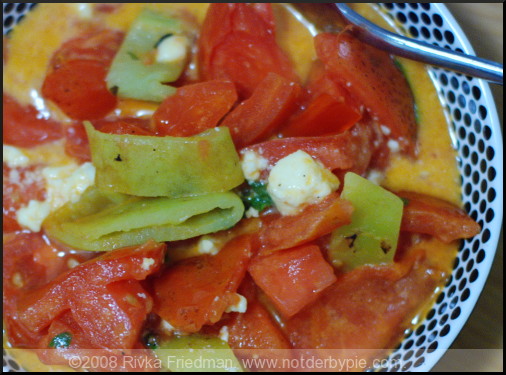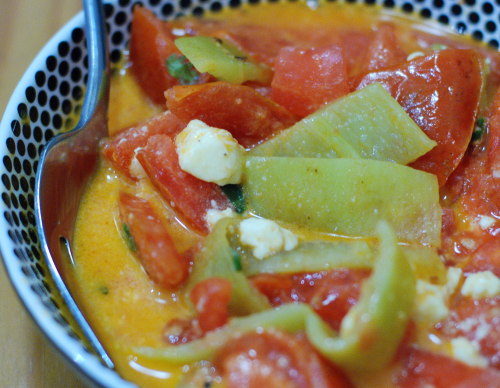 A while back, I made some chipotle chocolate pudding parfaits. Humbly speaking, they were pretty darn awesome. At least, I thought so. D? Not so much. She prefers snack packs, I guess. But I don't give up so easily. There's no way those gelatinous, tasteless pudding packs can beat homemade chocolate pudding. Armed with my best chocolate (callebaut 70%), organic whole milk, and a little bit of love, I set out to make chocolate pudding that D might like.
A while back, I made some chipotle chocolate pudding parfaits. Humbly speaking, they were pretty darn awesome. At least, I thought so. D? Not so much. She prefers snack packs, I guess. But I don't give up so easily. There's no way those gelatinous, tasteless pudding packs can beat homemade chocolate pudding. Armed with my best chocolate (callebaut 70%), organic whole milk, and a little bit of love, I set out to make chocolate pudding that D might like.
"It's too dark and rich," she said. Really, I can't win around here.
Too dark and rich? What does that even mean? No such thing. This chocolate pudding is dead easy, practically foolproof (see my note in the recipe about avoiding lumps) and relatively healthy, compared to butter-filled sweets. It calls for whole milk, but it'll work with any kind, even skim. And if you don't love your puddin' super-sweet, omit 2 Tbsp of the sugar. Anyway you make it, this pudding is a fantastic dessert/snack. I don't bother to scoop it into ramekins: I just cool the whole thing in the fridge, and occasionally dip a spoon in when I'm craving something sweet after dinner.

While I'd really like to get D off the snack packs, I guess the fact that she doesn't like my pudding just means there's more for me.
Silky Chocolate Pudding Adapted from John Scharffenberger, via Smitten Kitchen Serves 6
Note: I think I figured out a way to avoid lumps from forming. Instead of adding the milk all at once, add a little bit of it first -- enough to make a very thin paste. Stir with a whisk to break up all the little lumps, and when it's completely emulsified, add the rest of the milk.
1/4 cup cornstarch 1/2 cup sugar 1/8 teaspoon salt 3 cups whole milk 6 ounces 62% semisweet chocolate, coarsely chopped (I used good quality chocolate in block form, and just chopped it up; use 70% bittersweet if you want more of a dark chocolate kick) 1 teaspoon pure vanilla extract (2 Tbsp. rum, optional) (1/2 tsp. chipotle, optional)
1. Combine the cornstarch, sugar and salt in the top of a double boiler. Slowly whisk in the milk, scraping the bottom and sides with a heatproof spatula to incorporate the dry ingredients. Place over gently simmering water and stir occasionally, scraping the bottom and sides with a whisk. After 15 to 20 minutes, when the mixture begins to thicken and coats the back of the spoon, add the chocolate. Continue stirring for about 2 to 4 minutes, or until the pudding is smooth and thickened. Remove from the heat and stir in the vanilla.
2. Strain through a fine-mesh strainer (or skip this step if you’re a slacker like me who is absolutely certain that there is nary a lump her puddin’) into a serving bowl or into a large measuring cup with a spout and pour into individual serving dishes.
3. If you like pudding skin, pull plastic wrap over the top of the serving dish(es) before refrigerating. If you dislike pudding skin, place plastic wrap on top of the pudding and smooth it gently against the surface before refrigerating. Refrigerate for at least 30 minutes and up to 3 days.
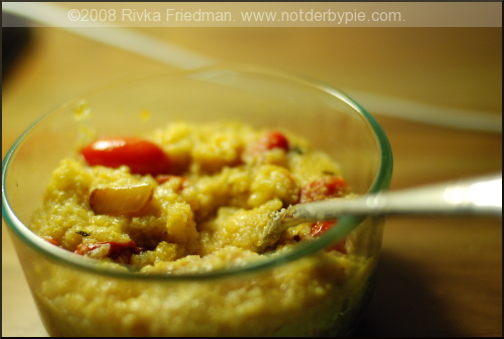 Forget Rachael Ray, with her hoarse voice and her annoying little mannerisms. I'll show you a 30 minute meal -- better yet, a 15-minute meal -- that'll have you at the table before you can say "
Forget Rachael Ray, with her hoarse voice and her annoying little mannerisms. I'll show you a 30 minute meal -- better yet, a 15-minute meal -- that'll have you at the table before you can say "